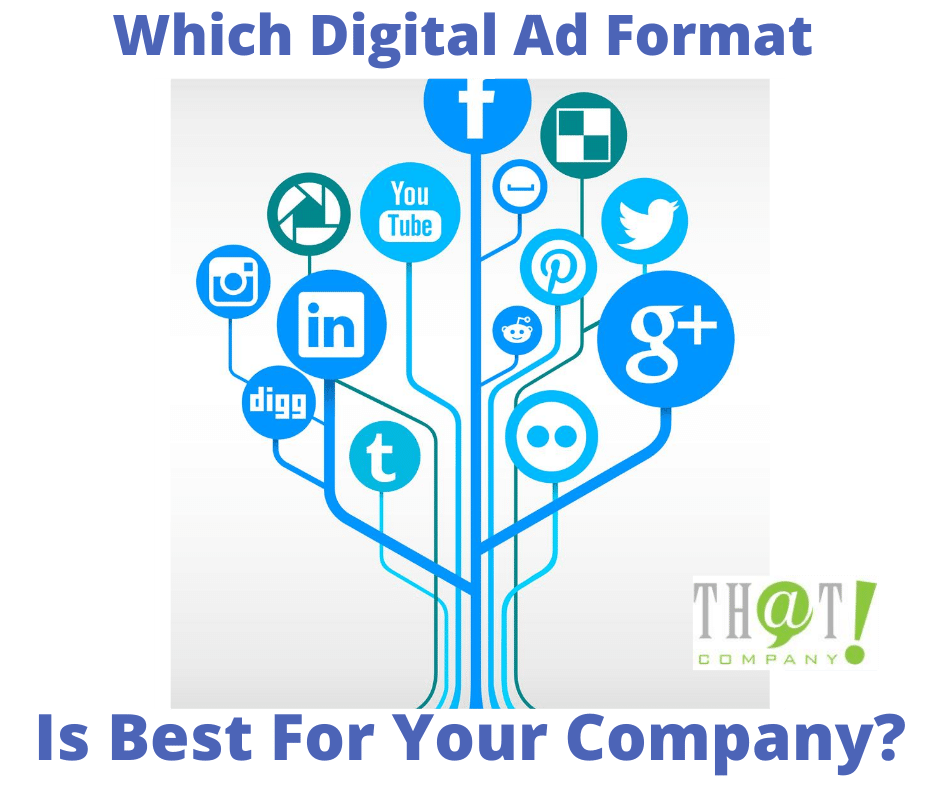
 Whether you are watching television or surfing the internet, you are blasted with advertisements that, more often than not, don’t interest you or serve any purpose for you. No matter the medium you are on, advertisers are trying to convince you that they have a product or service just for you. Long before television or radio, there has been some form of advertising. Newspapers were the start of mass advertising, but posers go back to the Egyptians trying to sell products.
Whether you are watching television or surfing the internet, you are blasted with advertisements that, more often than not, don’t interest you or serve any purpose for you. No matter the medium you are on, advertisers are trying to convince you that they have a product or service just for you. Long before television or radio, there has been some form of advertising. Newspapers were the start of mass advertising, but posers go back to the Egyptians trying to sell products.
In advertising there two general categories of advertising, traditional and digital. Traditional advertising utilizes television, radio, newspaper, billboards, magazines, and direct mailings. These types of advertising can reach an extremely large audience, giving businesses many eyes to see their product or service, but there is no guarantee the right people are getting the advertising.
Digital, a relatively new player in the advertising world, uses the internet to reach a large audience in several ways. Audiences can be targeted by location, and demographics to target a more precise group.
While traditional forms of advertising are effective, digital advertising has taken the lead in accessibility. With the increase in smart devices, digital advertising will follow users wherever they go. The culture of consumers around the world today digital advertising is a necessity.
With digital advertising, the types of advertising available are:
- paid search advertising
- display advertising
- native advertising
- social media advertising
The most prominent type of digital advertising is paid search advertising.
[bctt tweet=”Using Paid Search Advertising without any insight is like hunting for a pirate’s treasure with no map” username=”ThatCompanycom”]Paid Search Advertising
 Paid Search advertising is very detailed. It requires regular monitoring and adjustments to numerous features to optimize the placement of ads, in an attempt to get users to convert. But a basic explanation would be that paid search advertising utilizes keywords to trigger ads. The keywords are monitored reviewing several metrics and adjusting the bids to achieve your goal. When a user enters a search term it triggers a keyword and relevant ads appear at the top of the search engine result page. The advertiser is charged only when a user clicks on their ad, which is the definition of pay per click, or PPC.
Paid Search advertising is very detailed. It requires regular monitoring and adjustments to numerous features to optimize the placement of ads, in an attempt to get users to convert. But a basic explanation would be that paid search advertising utilizes keywords to trigger ads. The keywords are monitored reviewing several metrics and adjusting the bids to achieve your goal. When a user enters a search term it triggers a keyword and relevant ads appear at the top of the search engine result page. The advertiser is charged only when a user clicks on their ad, which is the definition of pay per click, or PPC.
Google will show up to 4 paid ads at the top of the page with the organic listings below them. To distinguish between the two, you will see a small icon to the left of the noting it is an ad. With paid search advertising, depending on the market, clicks range from a few pennies to hundreds of dollars. Generally, the lowest bids come from branding campaigns promoting the advertiser’s own company. You may think, “who wants to pay hundreds of dollars to click on an ad?”. Imagine you own a commercial roofing company. Your best-converting keyword may cost you $750, but if that prospective client that clicked on your ad signs a contract worth $3M it was worth the money. We look at the overall cost per click, or CPC, not just the one-click that we converted off of. Imagine you spent $3,000 the week you closed that deal for $3M, your return on ad spend, or ROAS would be 1000%.
Paid search is targeted, measurable, and cost-effective making paid search very attractive to businesses.
Social Media Advertising
Unlike paid search advertising, social media advertising is a more relaxed platform. Paid search works off keywords to trigger ads where social media ads are shown to match your search habits. While you are searching and surfing, sites put cookies on your computer to track what types of sites you frequent, along with other information that can be used to classify you for advertising targeting. Please note that these cookies are not unique to social media but all platforms of digital advertising.
 Social media advertising can provide a quick ROI because everything is done in real-time, unlike paid search advertising. Social media is more than Facebook and Instagram and you have to know your market to determine which social media platform would work best for you. As closely as Facebook and Instagram are in the type of social media they are, their audiences, or users, are not exactly the same. Platforms such as LinkedIn serve a totally different audience and purpose. Be sure to research which platform will benefit your business best.
Social media advertising can provide a quick ROI because everything is done in real-time, unlike paid search advertising. Social media is more than Facebook and Instagram and you have to know your market to determine which social media platform would work best for you. As closely as Facebook and Instagram are in the type of social media they are, their audiences, or users, are not exactly the same. Platforms such as LinkedIn serve a totally different audience and purpose. Be sure to research which platform will benefit your business best.
Native Advertising
Certain types of ads are very clear that they are trying to grab your attention to sell you something. Native ads, unlike paid search advertising, blend in with their surroundings. Good native advertisements take work to get you to notice them but not be aggressive or obnoxious. Native ads fit in with the content on the page they are seen on, you could think of it as camouflage. Native ads could be an article or a video on a website about similar materials.
Because of their undercover appearance, it has caused a debate among advertisers if they are a fair way of doing business so to speak. The pro-native advertisers point out that their ads are labeled as “sponsored”, “advertisement”, or “Promoted” near the ad so the viewer is aware that the content they are going to engage with is not from the site they are on. The anti-native advertising point is that the labels are small enough that it may not be readily seen by users.
Display Advertising
Because of the type of the beast, so to speak, display ads are obviously trying to sell you something. Because they utilize visuals, both still shots, and videos, they stand out among the text on the web page. Display ads are designed to get quick conversions and can have a large viewer audience. This is because search engines can match them to websites across the web-based on keywords and targeting being used.
While display ads aren’t as effective as they used to be, advertisers can’t overlook their strategic plans.
Which Will You Pick?
With the options of digital advertising available in today’s electronic world, take the time to do your research into where your business would fit in best and get the best results. Don’t think that you are locked into one type of digital advertising, combine them, and let them work together. Paid search advertising can be a great compliment to social media advertising
Remember, some agencies have the background and the experience to help you with these decisions as well as building and maintaining your digital advertising.





























